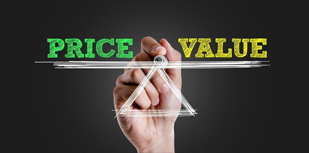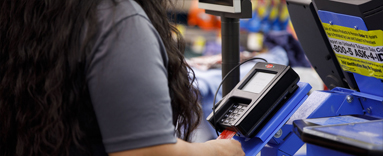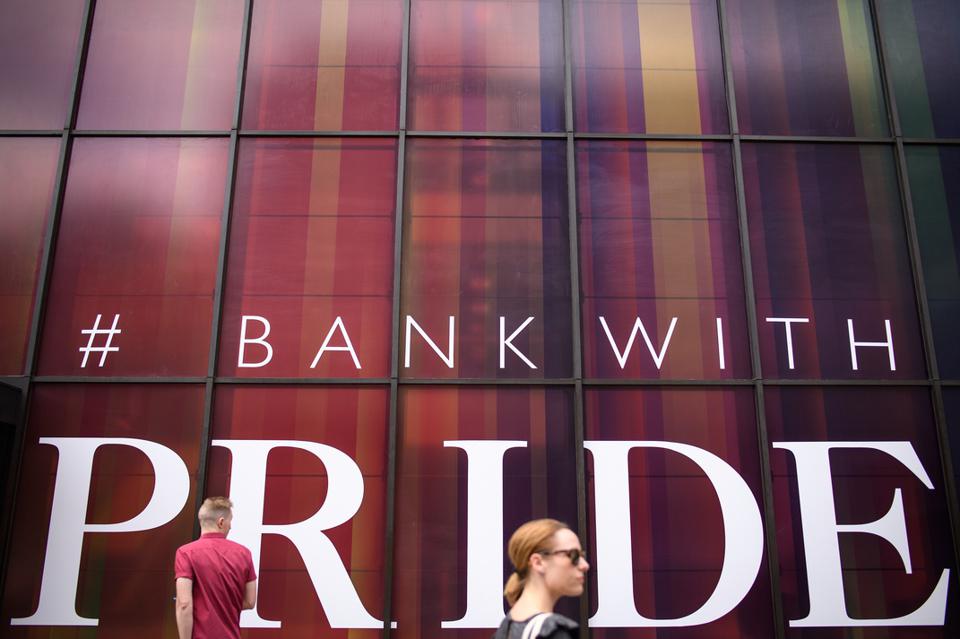It’s hard to pin down exactly when the term “personalization” entered the business lexicon, but the 1993 book, The One to One Future: Building Relationships One Customer at a Time, by Don Peppers and Martha Rogers, certainly helped launch the term’s popularity.
If you thought, however, that after 28 years, banks had perfected the art of personalization, you’d be wrong. According to Jim Marous, CEO of The Digital Banking Report:
“Consumers expect financial institutions to understand their needs and deliver personalized solutions similar to what they receive from fintech and Big Tech firms. Unfortunately, even with enviable stores of data and advanced analytic capability, most personalization expectations remain unfulfilled.”
The key word there: “solutions.”
Banks focus so much of their personalization efforts on creating personalized “messages”—mostly sales come-ons—that they miss opportunities to create personalized products and services (i.e., solutions).
Personalized Banks
A new crop of fintech startups—often called challenger banks—is addressing this personalization gap.
They’re not just creating personalized solutions, they’re creating personalized banks dedicated to serving the unique financial needs of specific consumer segments.
Examples of these personalized challenger banks include banks for:
1) Environmentally-conscious consumers. Committed to fighting climate change? Aspiration might be the bank for you. Founded by Vice President Al Gore’s senior speechwriter, Andrei Cherny, the fintech has grown to nearly 1 million customers since it launched in 2015.
In 2017, the company went live with Aspiration Impact Measurement (AIM), which rates companies on how well they treat people and the planet. Aspiration customers also receive an AIM score based on their purchase behavior. In 2020, Aspiration initiated two new programs:
- Plant Your Change, which plants a tree for every purchase by rounding up to the nearest dollar, and
- Planet Protection, which makes Aspiration customers’ driving carbon neutral by calculating off their debit card gas purchases.
2) African-Americans. Dedicated to closing the black/white wealth gap, First Boulevard is developing a Spotify-like platform for financial education and advice to be provided by Black financial advisors and experts. The fintech also offers Cash Back for Buying Black™ with up to 5% cash back on debit card purchases at participating Black businesses.
First Boulevard also recently partnered with Visa to pilot a suite of crypto APIs, which will enable First Boulevard customers to purchase, custody, and trade digital assets.
This may be not be a unique need of Black consumers, but one in five anticipate using Bitcoin to make retail purchases in the next year or two—a higher percentage than members of other racial/ethnic groups.
3) LGBT consumers. Daylight provides its LGBT members with Visa-branded cards in their preferred names, even if they don’t match their legal identification. According to Daylight CEO Rob Curtis, "trans customers will never be deadnamed after providing their legal ID during onboarding—meaning customer support, statements, and emails will see members for who they really are."
In addition, Daylight enables its members to connect with a financial coach directly from the app to learn more about how their identify impacts their money, and to get advice and guidance from an expert in LGBT+ money matters.
4) Gig workers. Gig workers—consumers who work temporary jobs typically in the service sector as an independent contractor or freelancer—have unique financial needs due to the variability, unpredictability, and often, verifiability of their income.
Qwil, for example, provides working capital for freelancers who often have trouble getting paid on time. The fintech assesses freelancers’ credit-worthiness by verifying identities and conducting fraud checks, and captures information about the approval status of a freelancer’s invoice.
Qwil charges a flat fee for the advance, such as 1% of the amount—and it never goes after the freelancer to collect.
5) Young physicians. You’d think that banks would be climbing over themselves to serve physicians’ financial needs. For the most part, you’d be right. The part you’d be wrong about is as it applies to residents and new physicians.
Panacea Financial was co-founded by two physicians and a financial services exec to address the needs of medical students, residents, and attending physicians.
With high debt-to-income ratios (thanks to outrageous student loan balances) and only moderate income as a resident (or newly-practicing doctor), young physicians are often turned down for loans from traditional institutions.
Even when they’re not declined, the experience with legacy banks leaves much to be desired. One of Panacea’s physician co-founders went to a bank to refinance his student loans and was not only offered a higher rate than he was already getting, but was told he had to have his parents co-sign the loan.
6) Disabled consumers. A financial challenge for many people with disabilities is that they can’t accumulate more than $2,000 in assets without risking the loss of some of their benefits payments.
Purple is a fintech offering a savings account based on a 529 plan so funds grow tax-free and don’t impact benefits. Combining the Purple ABLE account with a debit card lets Purple’s customers optimize which account is used for qualified disability expenses (transportation, medical, etc.) while also automatically shifting funds from their checking to the Purple ABLE account.
7) Truckers. According to TAB Bank’s website:
“When you work as a truck driver, your personal banking needs extend beyond the basic finance services offered by most banks. Truck drivers and OTR operators have unique checking needs and receive payment in various forms, such as Comdata checks, T-check, EFS, etc. Driven individuals choose us as a one-stop shop for equipment loans, accounts receivable financing, and banking products.”
Macro-Personalization Vs. Micro-Personalization
While banks’ attempts to personalize sales messages often range from complete irrelevance to borderline privacy violations, new fintech players are approaching personalization from a different angle: Personalized products and services.
It’s not an apples-to-apples comparison. Traditional banks are attempting to micro-personalize (for a single individual) while the new challenger banks are macro-personalizing (for a segment of the market).
It will take a long time for the banks to win the micro-personalization game, however. Being good at micro-personalization requires:
1) Access to many different types of data. Getting personalizing right requires data about customers’ contact history, financial goals and objectives, past financial performance, risk tolerance, purchase intention, response propensity....I could keep going on.
2) The ability to put data to use. Engagement levels for many banking customers is so low that, for all practical purposes, banks need to re-acquire the customers they’ve already acquired. Lack of engagement means that, even with the right data about customers, banks may lack opportunities to engage customers in personalized conversations.
Conversations, Not Messages
I chose the word “conversations” very intentionally, by the way.
Today, banks are focused on personalizing “messages.” That’s a one-way street. What happens when the customer or prospect responds to the message? Typically, all attempts to personalize fly out the window.
Banks—and all marketers, for that matter—need a new definition of personalization. I’ll propose one:
“Having conversations with customers tailored to each interaction, channel, and the type of relationship they have with the company.”
Developing this capability, however, requires a strong and strategic commitment to personalization as a strategic differentiator which few banks seem willing to make.
Meanwhile, challenger banks are picking off customers with their macro-personalization strategies.
This article was originally published By Ron Shevlin, forbes.com.










